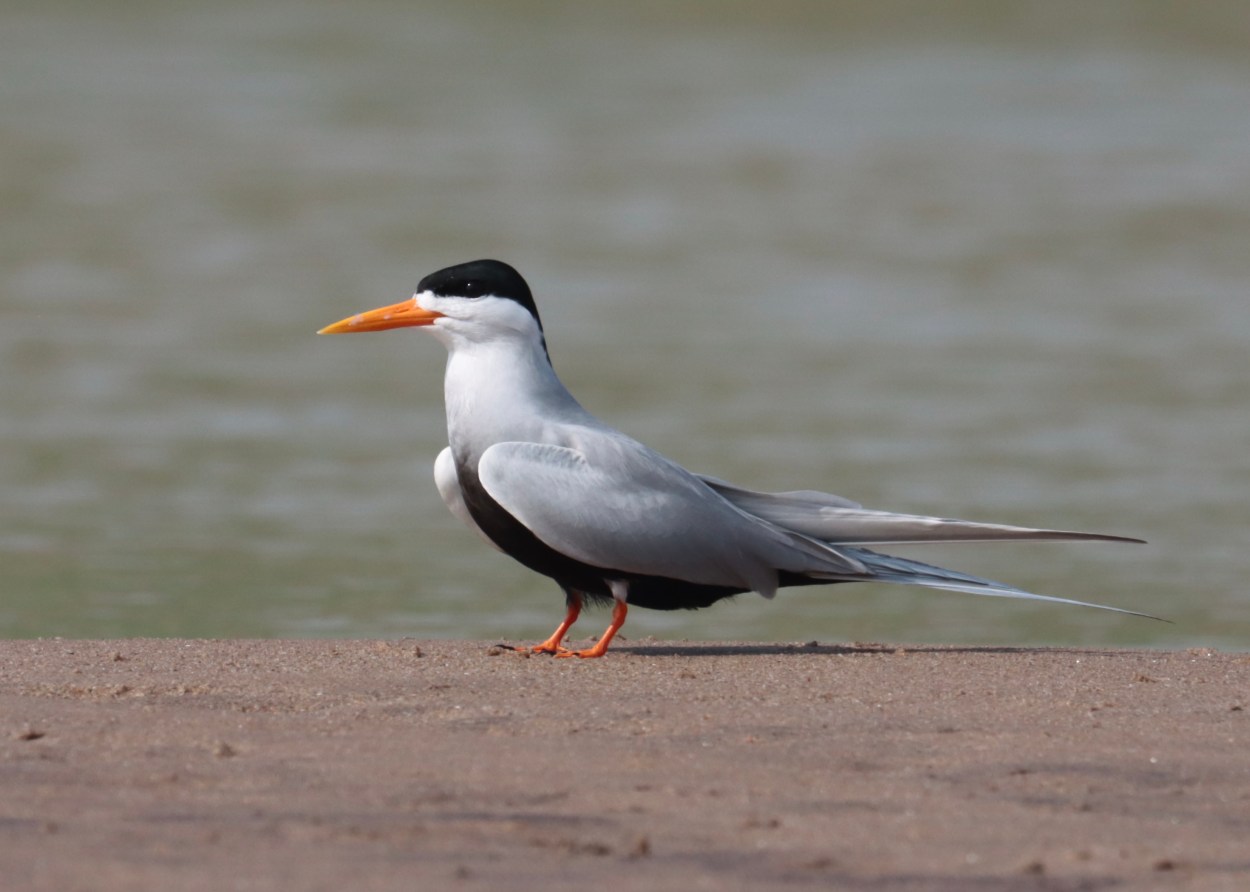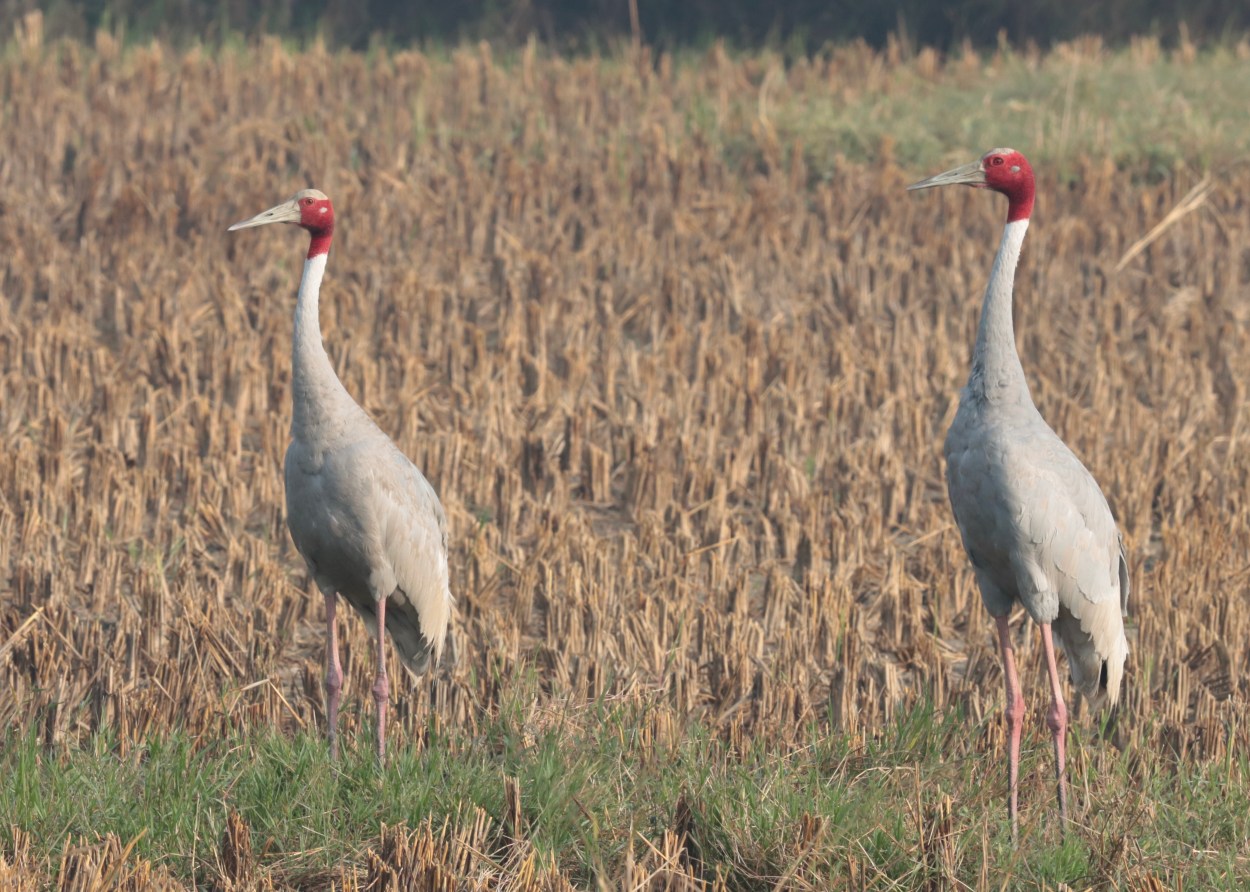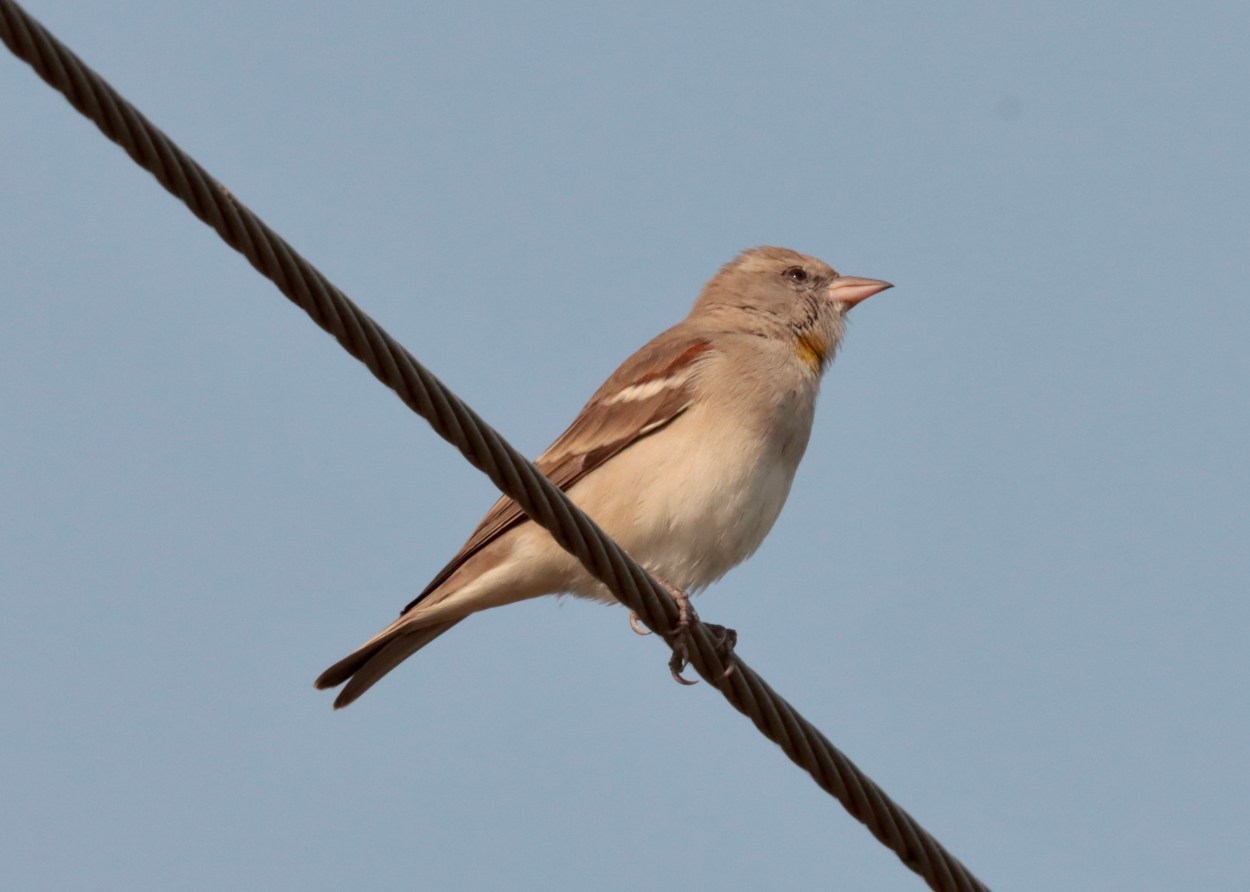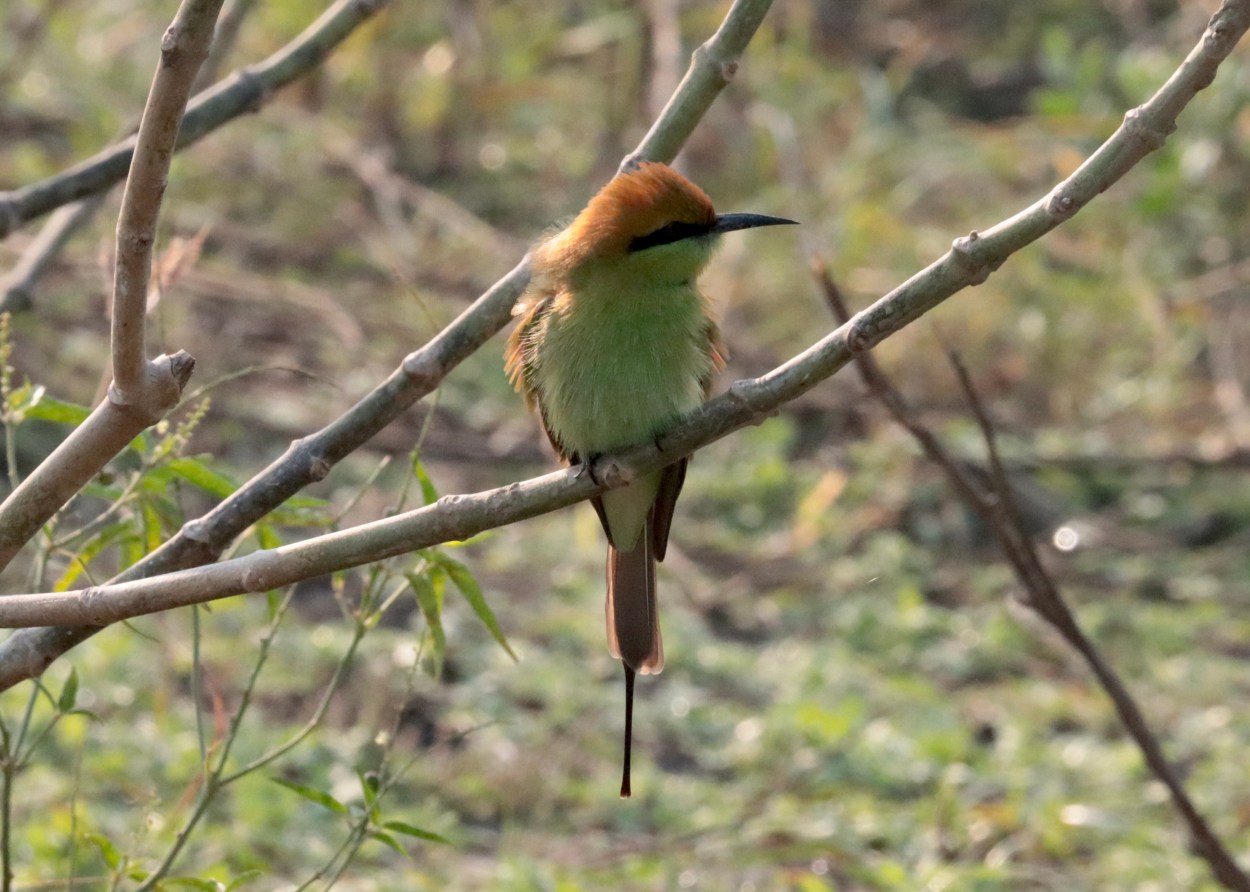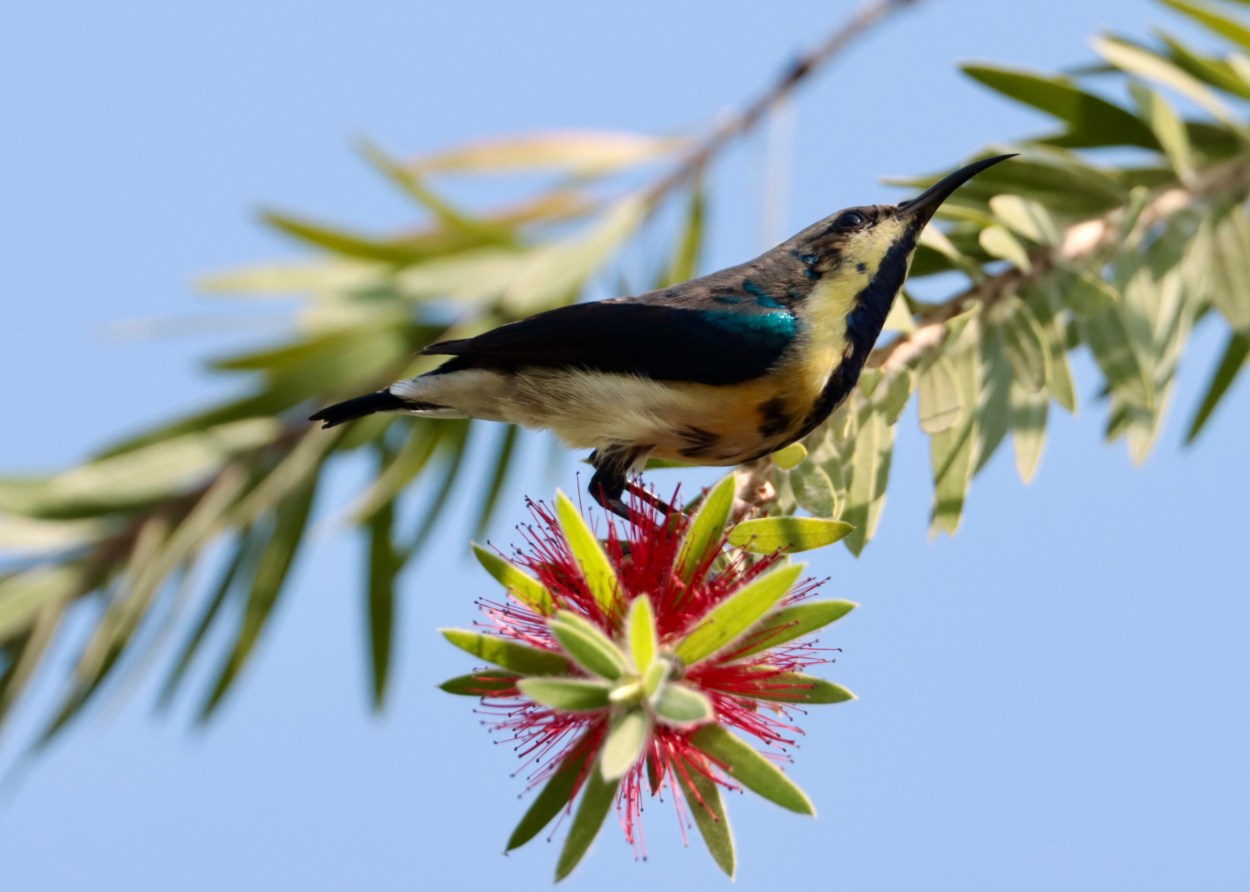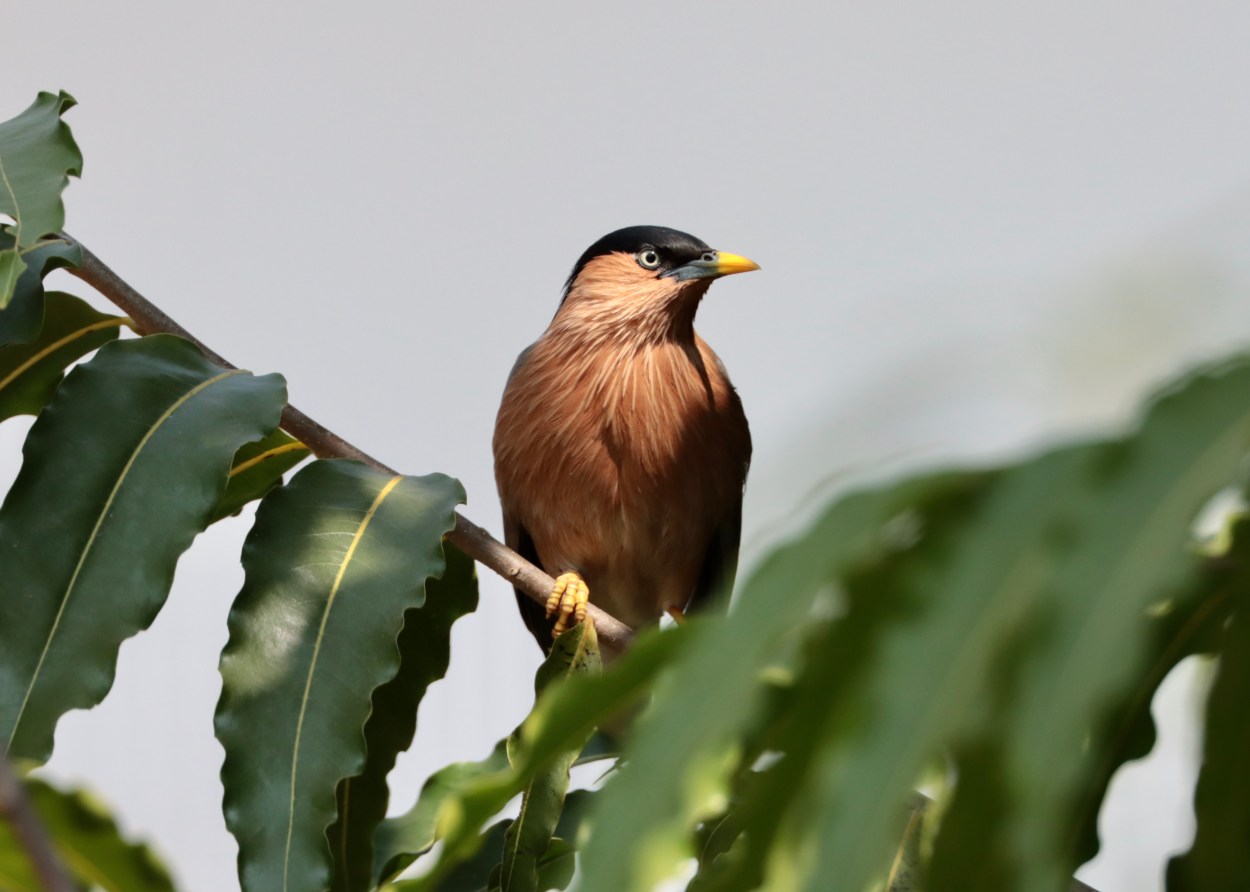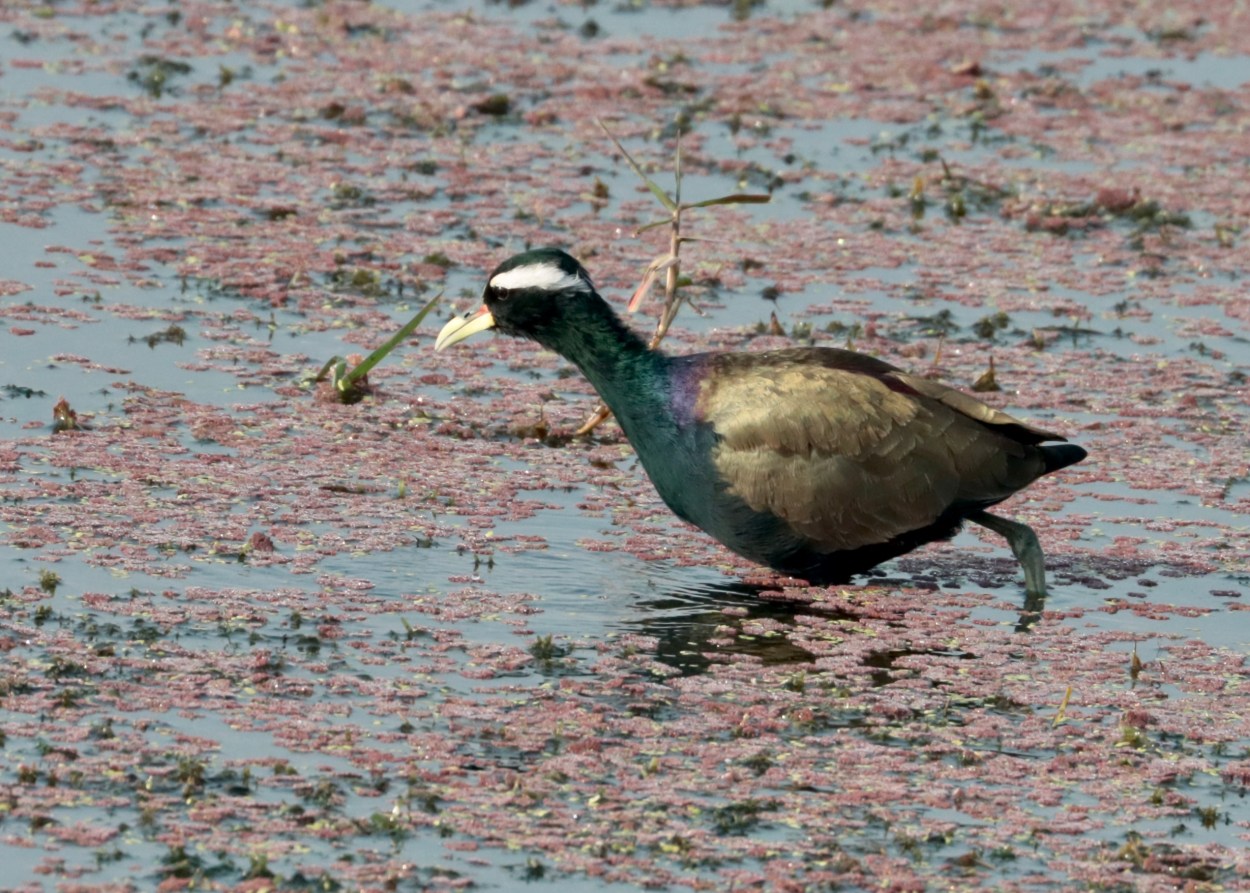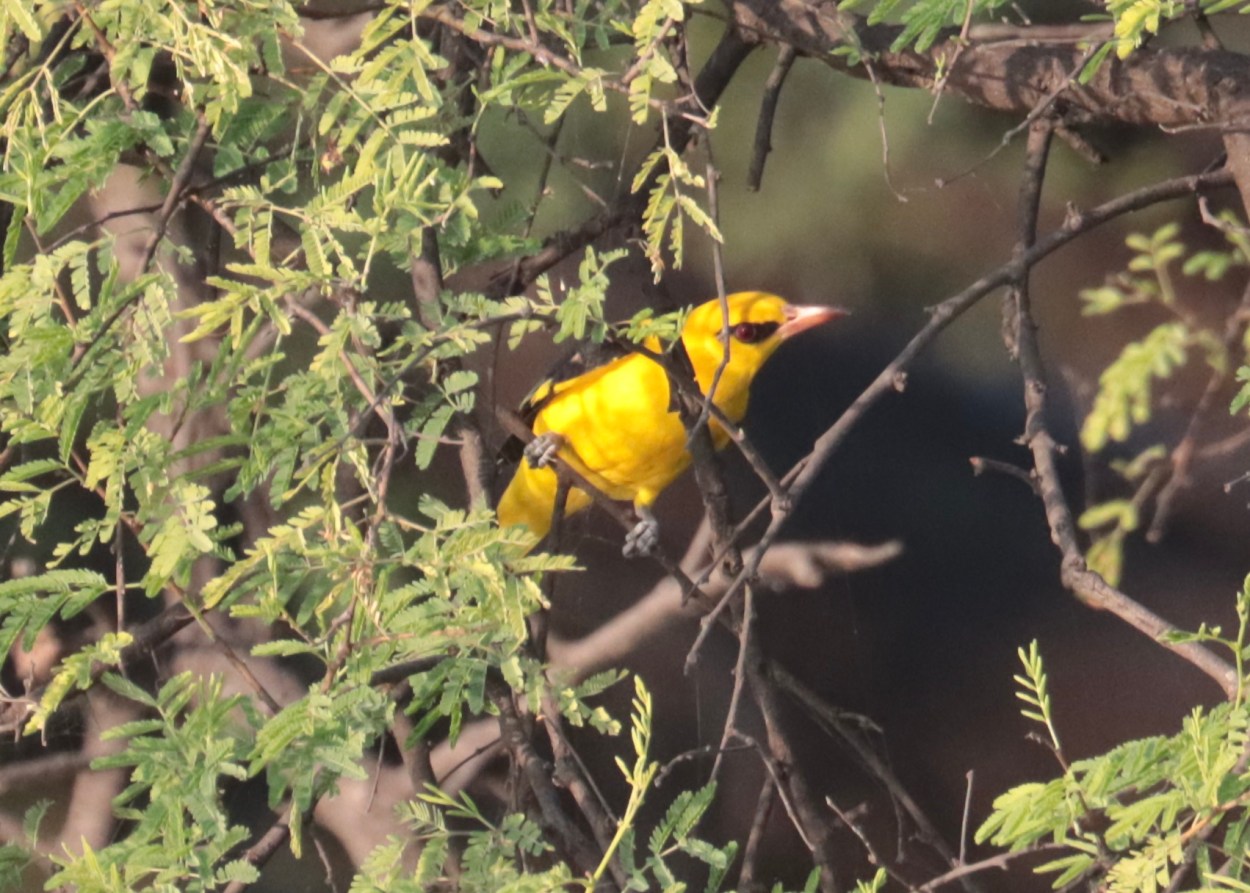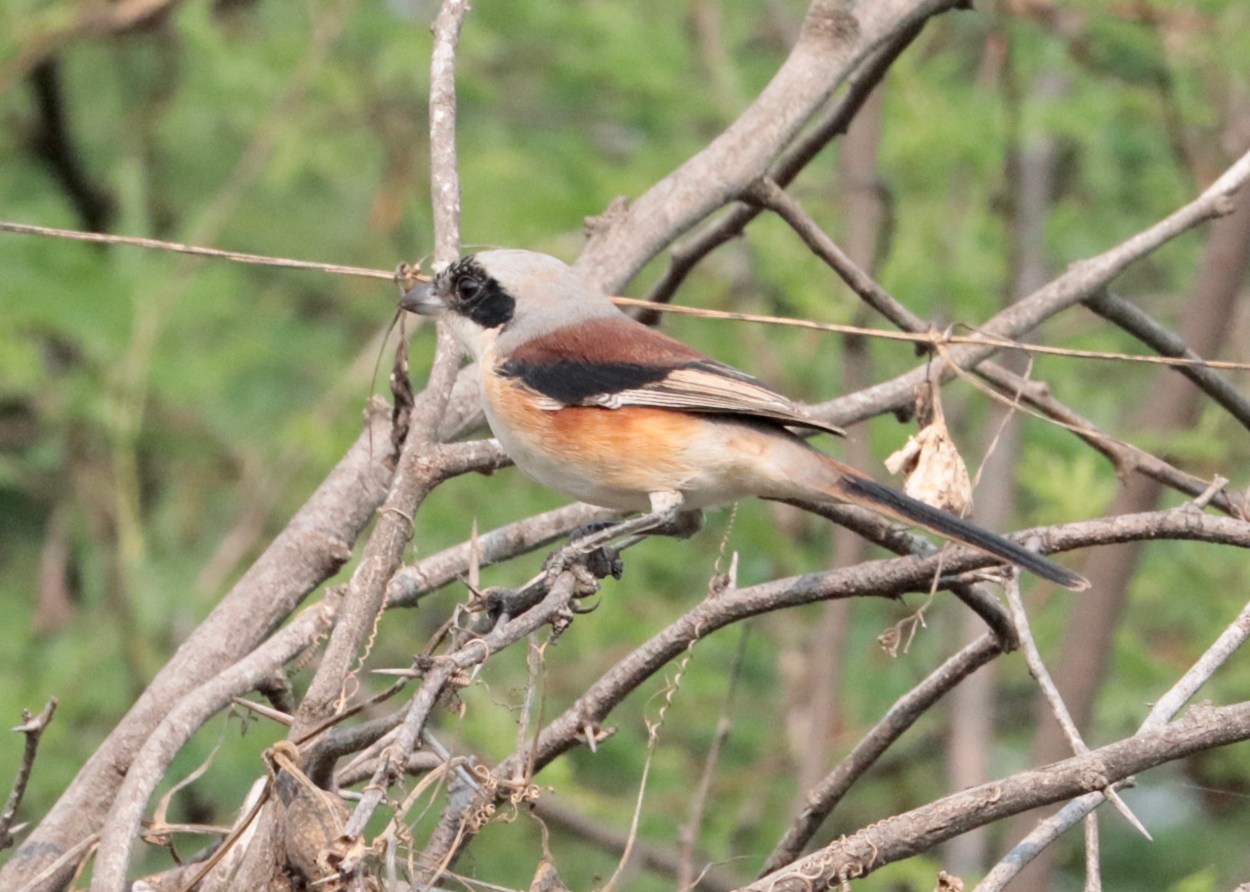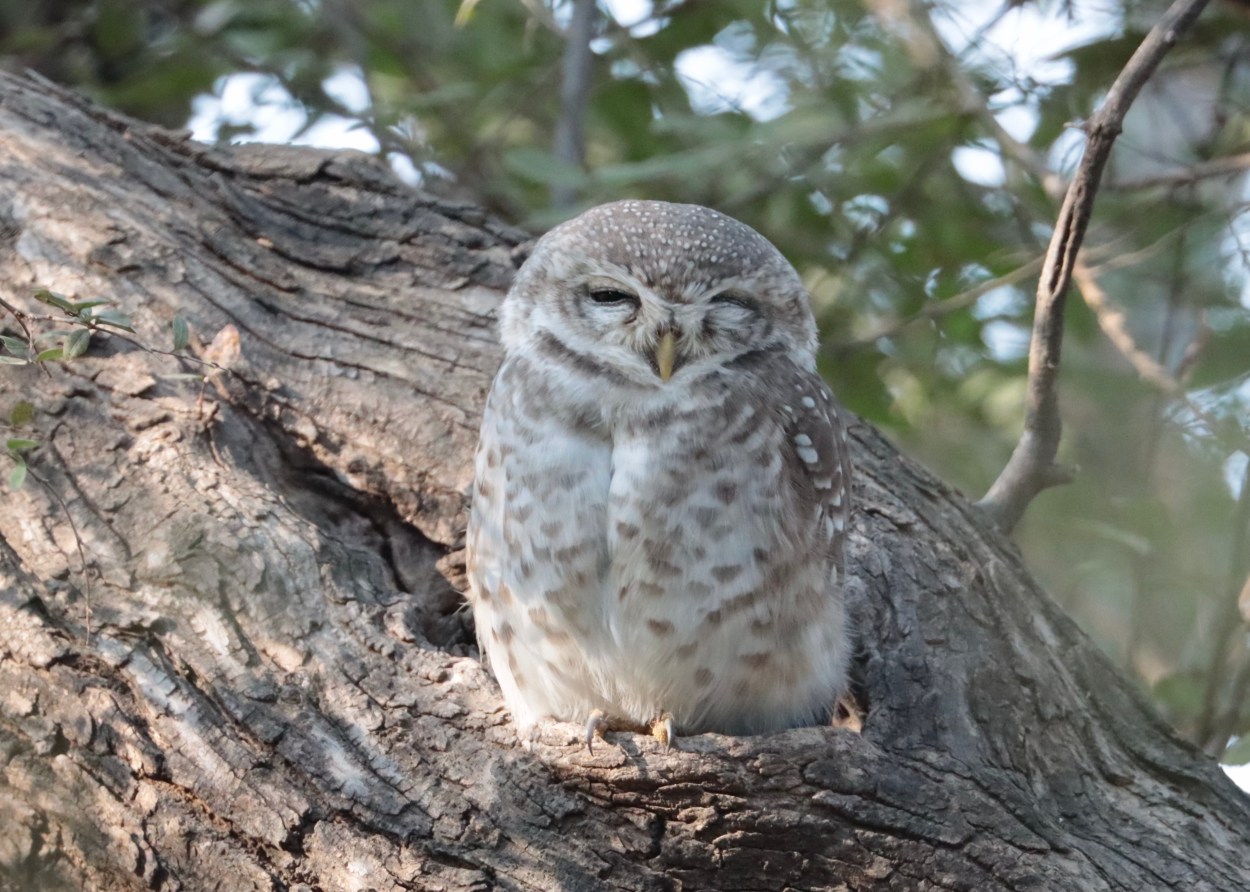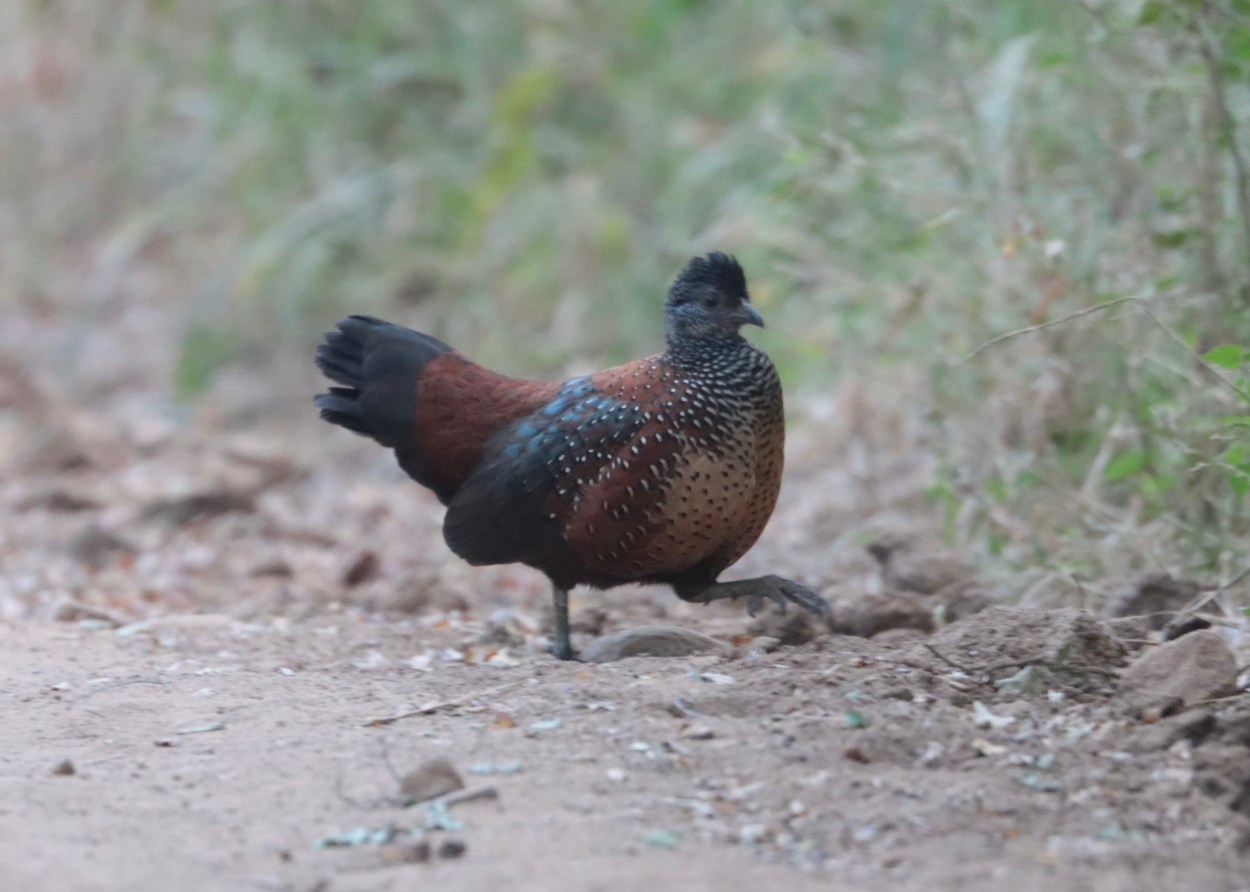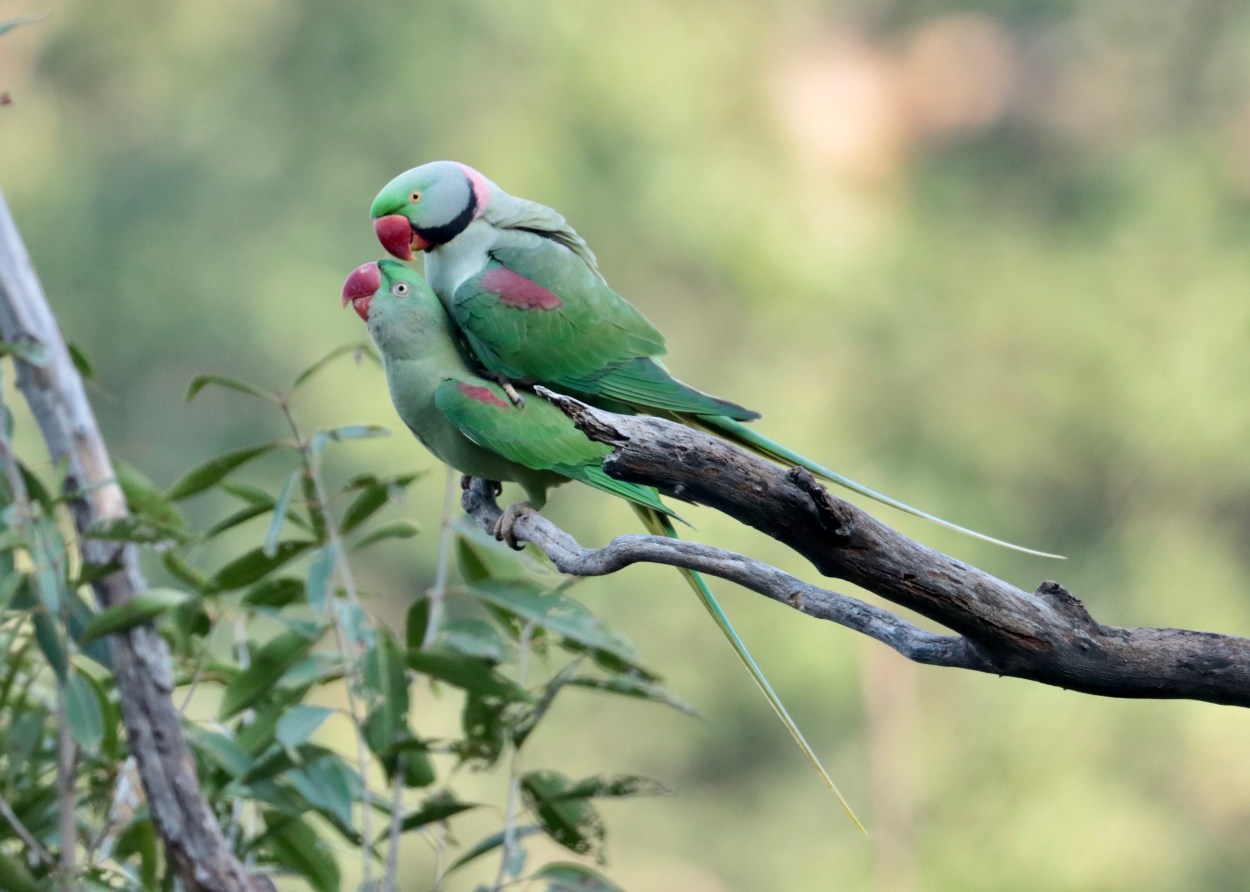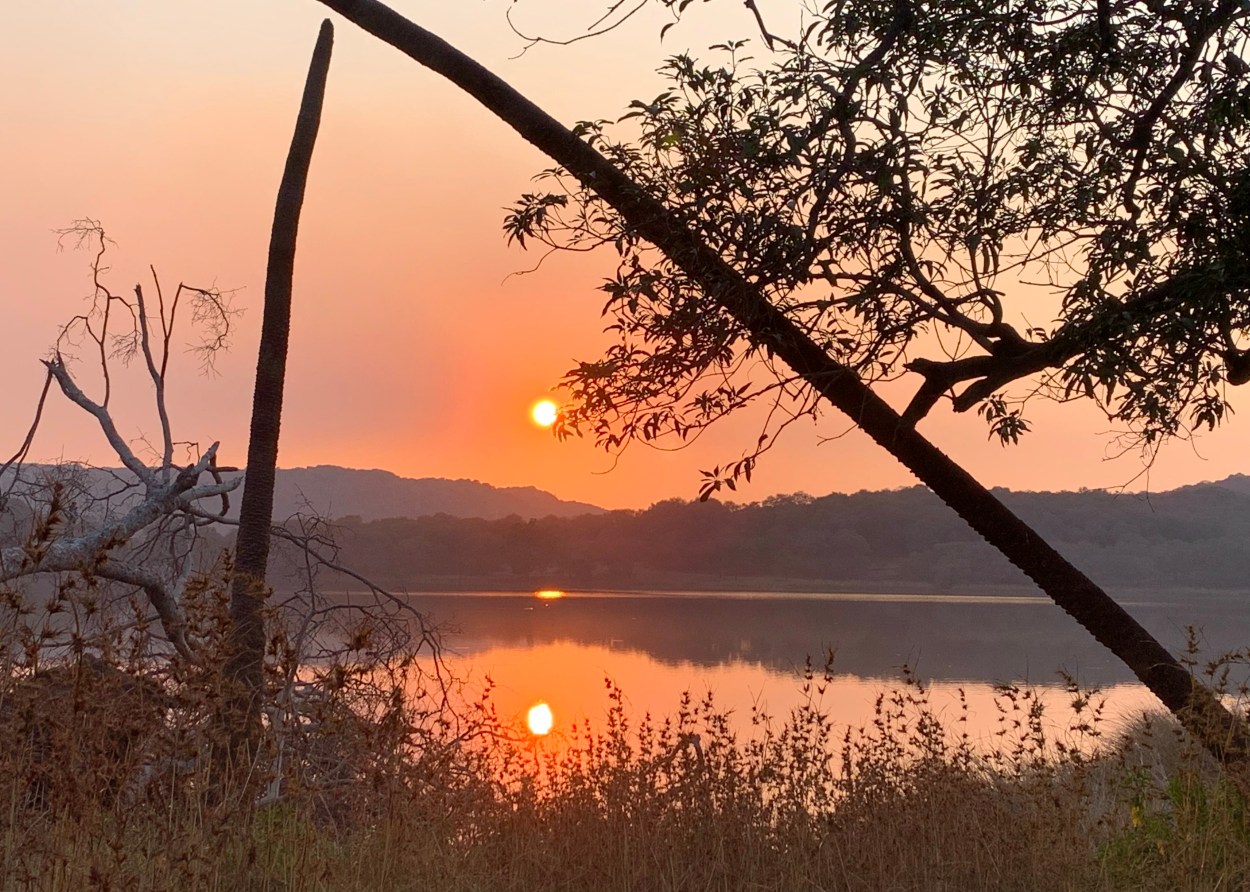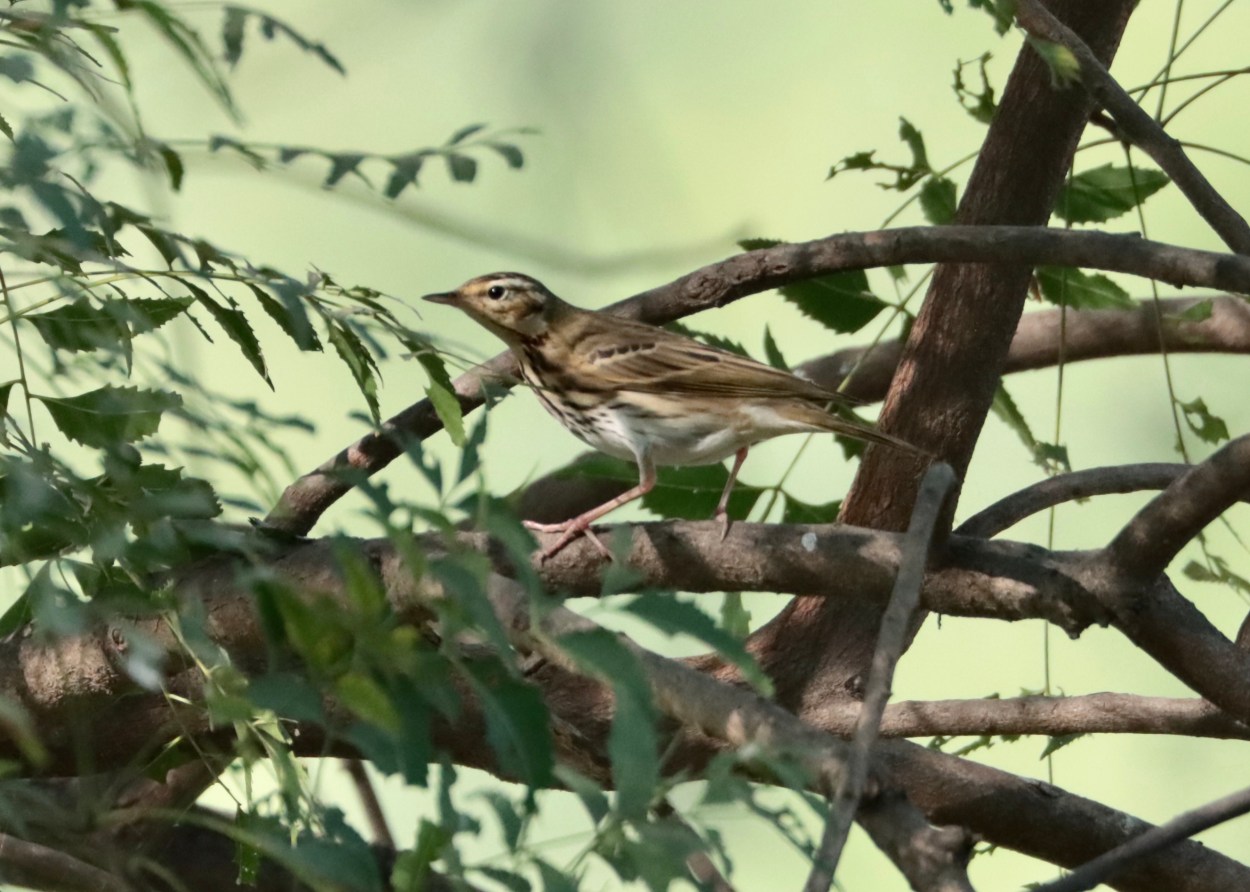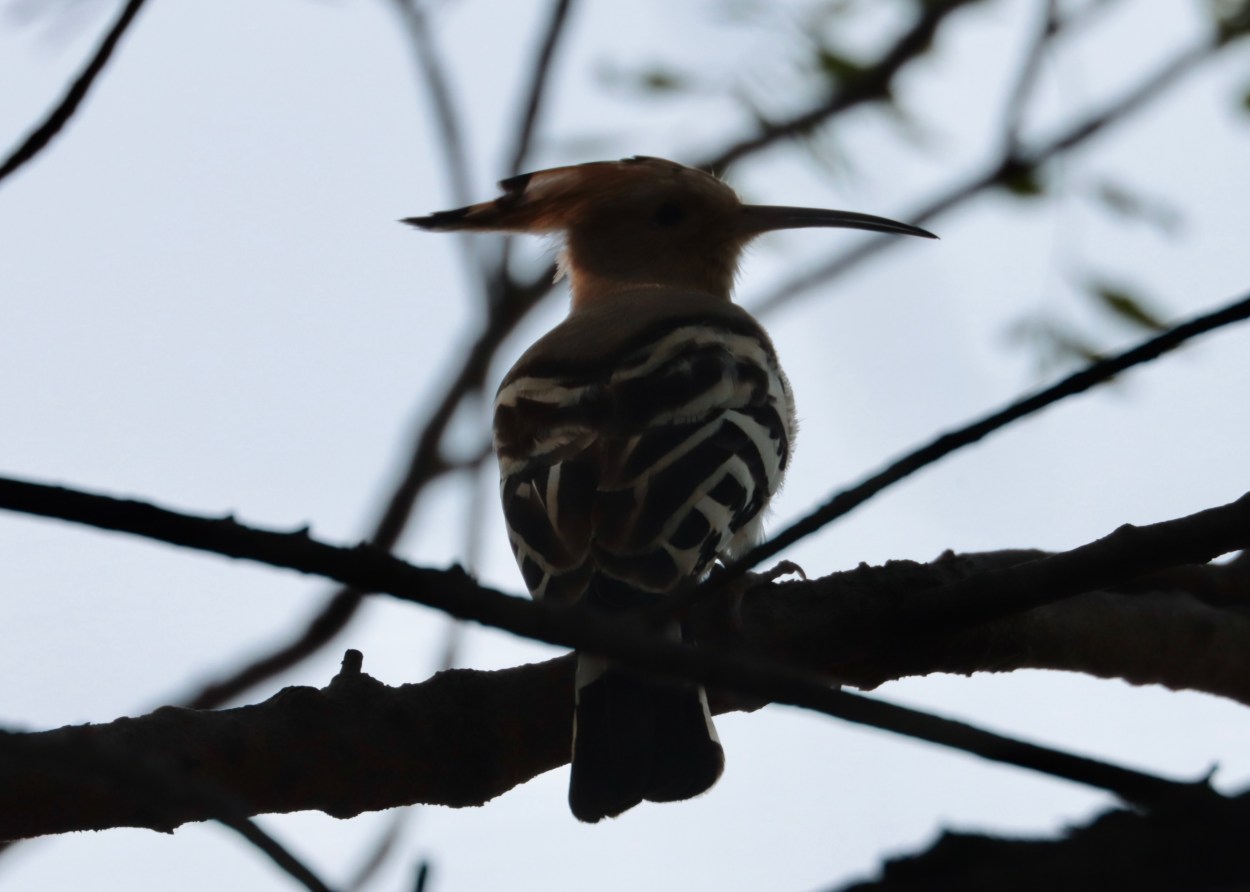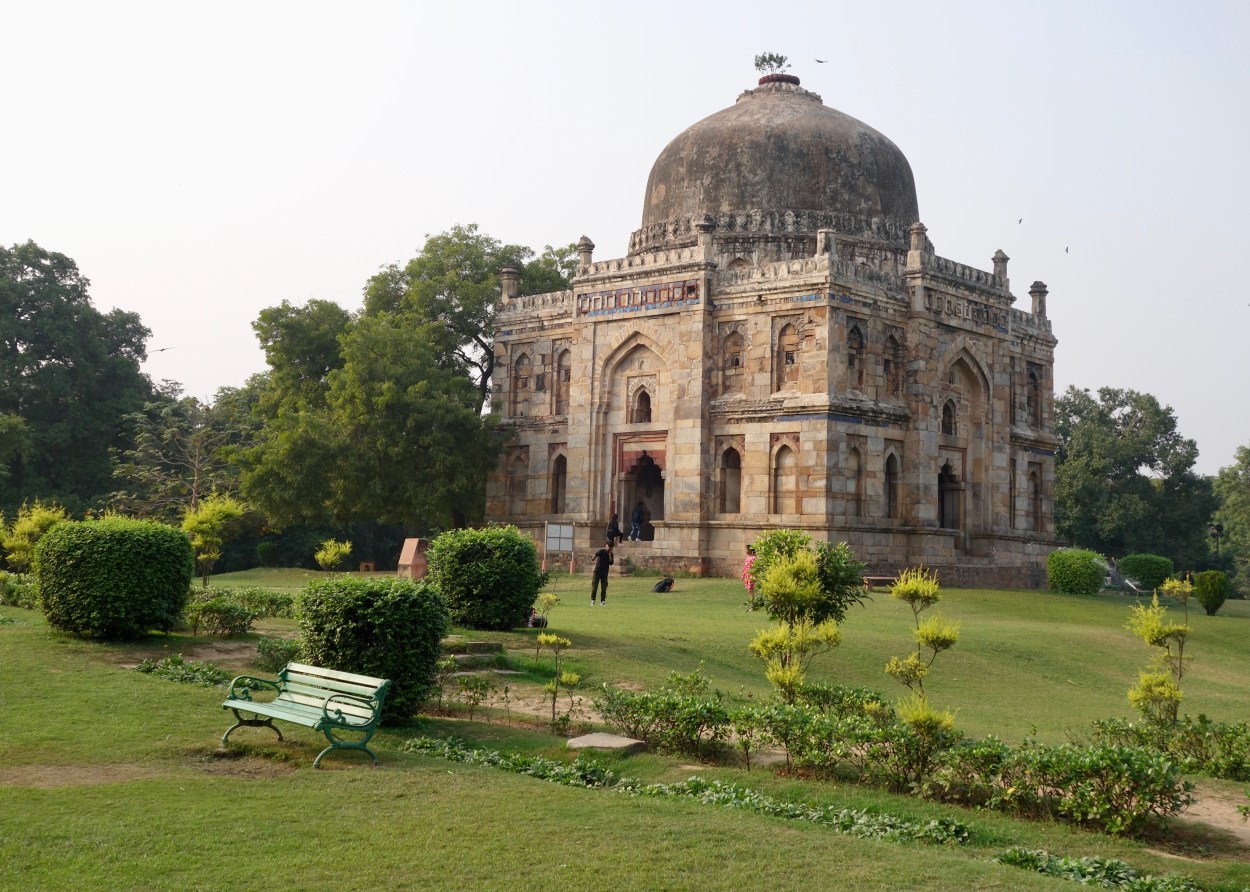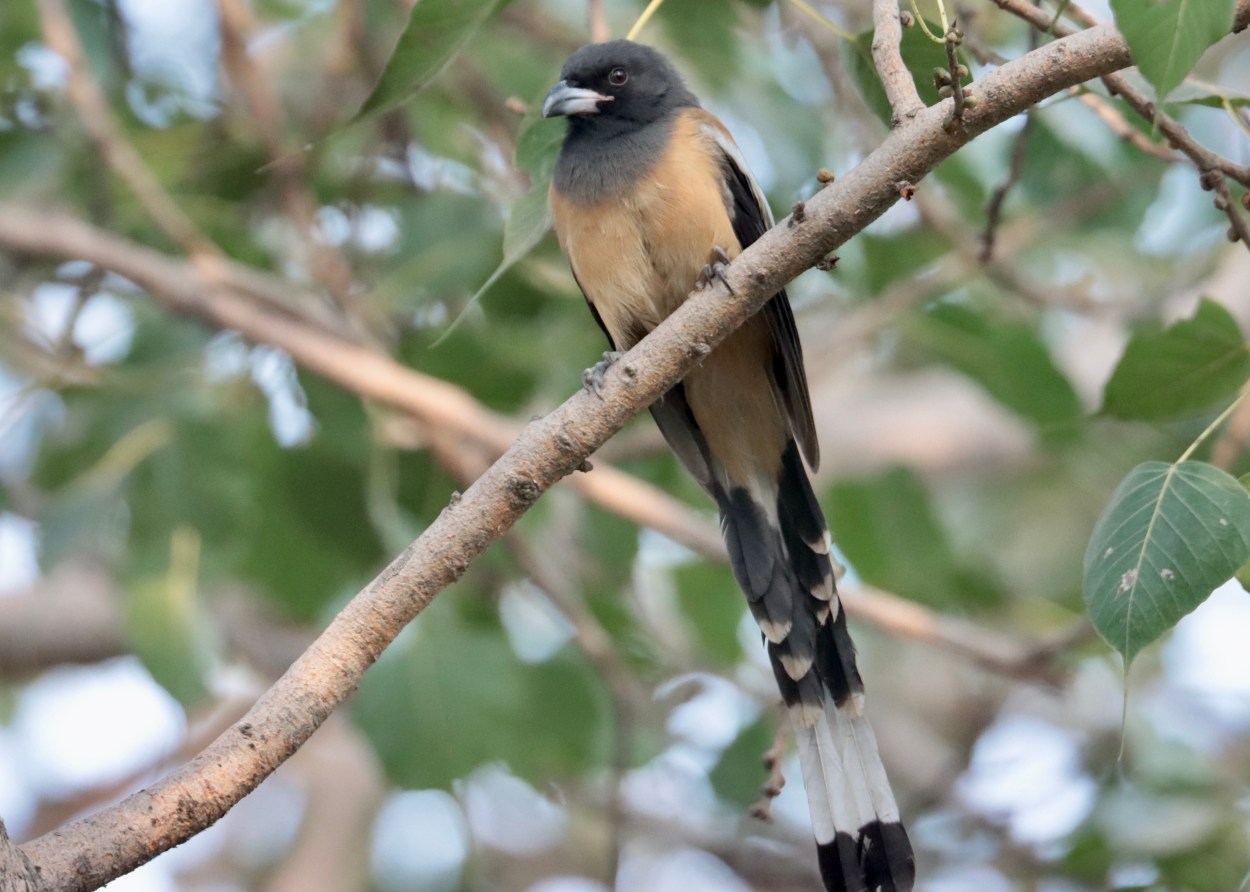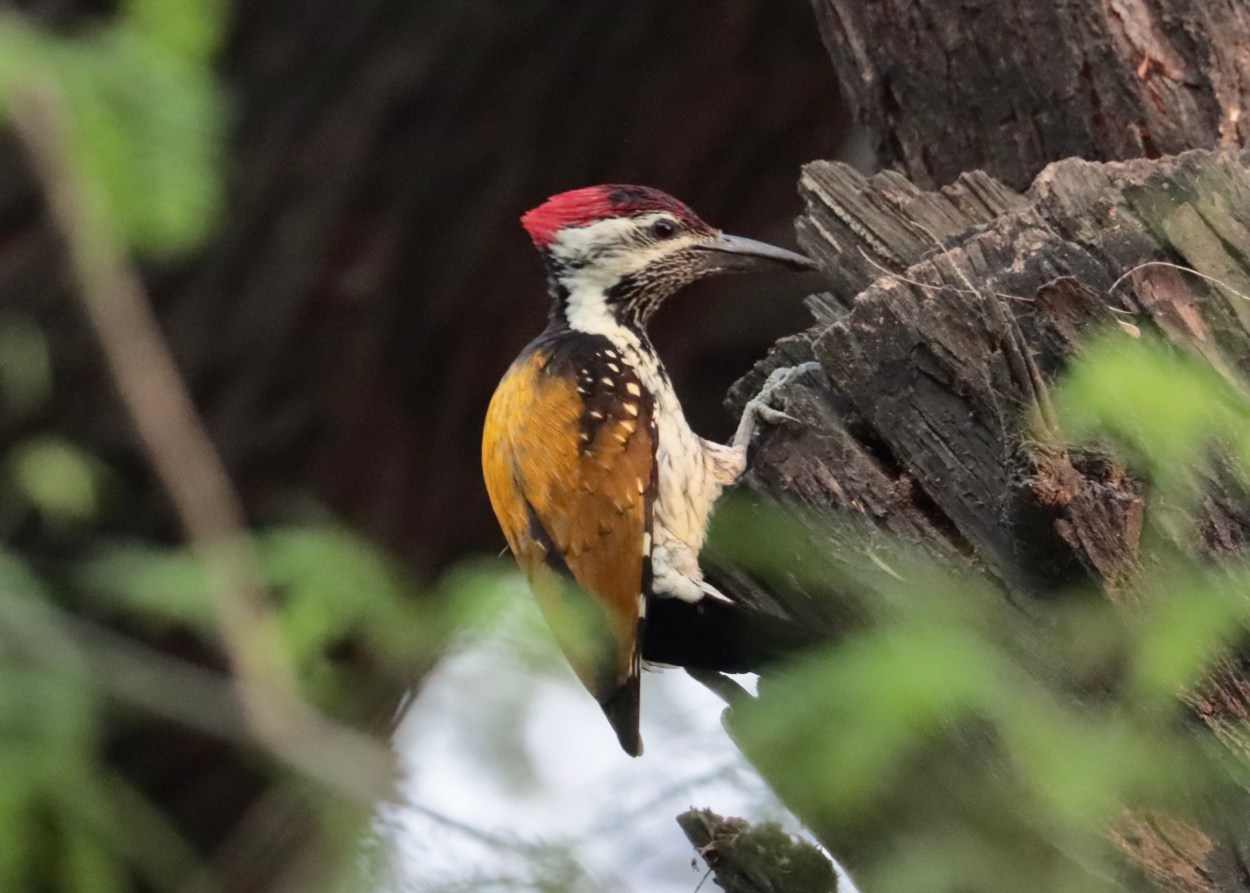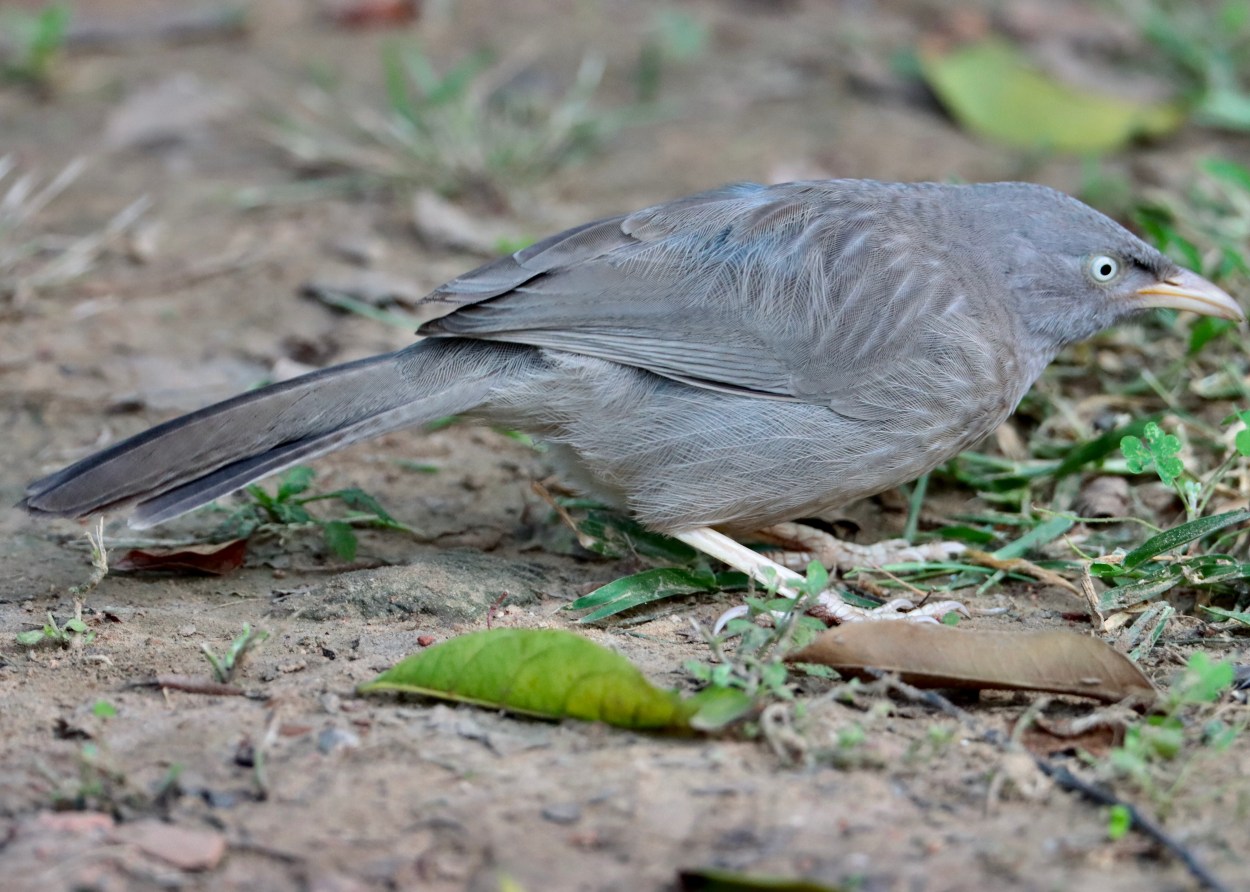
This is my final post show-casing some of the highlights of our recent birding trip to India. We were heading to Delhi for our last night together, before the airport and our return flights to the UK. When the itinerary for the trip was being finalised the hardcore birders concession to ‘culture’ was to agree to visit the Taj Mahal. On the morning in question we were up early for our share of Indian tourism. The city was still waking when we arrived at the entrance. A slick and seamless admissions process saw us standing in front of this iconic structure, just as the sun was easing itself above the horizon. The peachy glow catching the white marble edifice, through the early morning mist, left us in breathless admiration! A number of the ‘modern wonders of the world’ have a capacity to under-whelm when seen at close-quarters, but this mausoleum of love exceeded expectations and beyond. On a par with the Grand Canyon and Machu Picchu, this was truly a remarkable experience – a lasting memory. We had a good look round, took in the atmosphere and lots of photos, and were back at our Agra hotel for a late breakfast. Then it was on the bus for our motorway journey to Delhi – it didn’t stop people driving towards us the wrong way up the carriageway or cows grazing the central reservation though! After lunch, billed as a final sight-seeing tour of Old Delhi, Ved our tenacious and somewhat courageous tour organiser shepherded us all on to the bus. New Delhi was built by the Raj as the colonial administrative centre of India – a much larger country then of course, incorporating Pakistan & Bangladesh. Old Deli was the legacy of the earlier Moguls. They are like chalk and cheese. As the bus ground slowly to a halt amidst the bustling streets of Old Delhi Ved invited us out for an afternoon walk, to take in the atmosphere! Well I don’t mind admitting that being in amongst this throng of humanity brought a certain rush of anxiety! We disembarked the bus and, forming a thread of white cotton through a brown blanket, we headed off following our leader. To the groups visible relief it wasn’t long before a fleet of rickshaws arrived and we were then transported through the crowed streets of Old Delhi market – an experience to arrest the senses and leave a lasting impression. A massive salute to Ved for his persistence in sharing something of his culture and country with some occasionally hesitant, but deeply appreciative, Britishers!

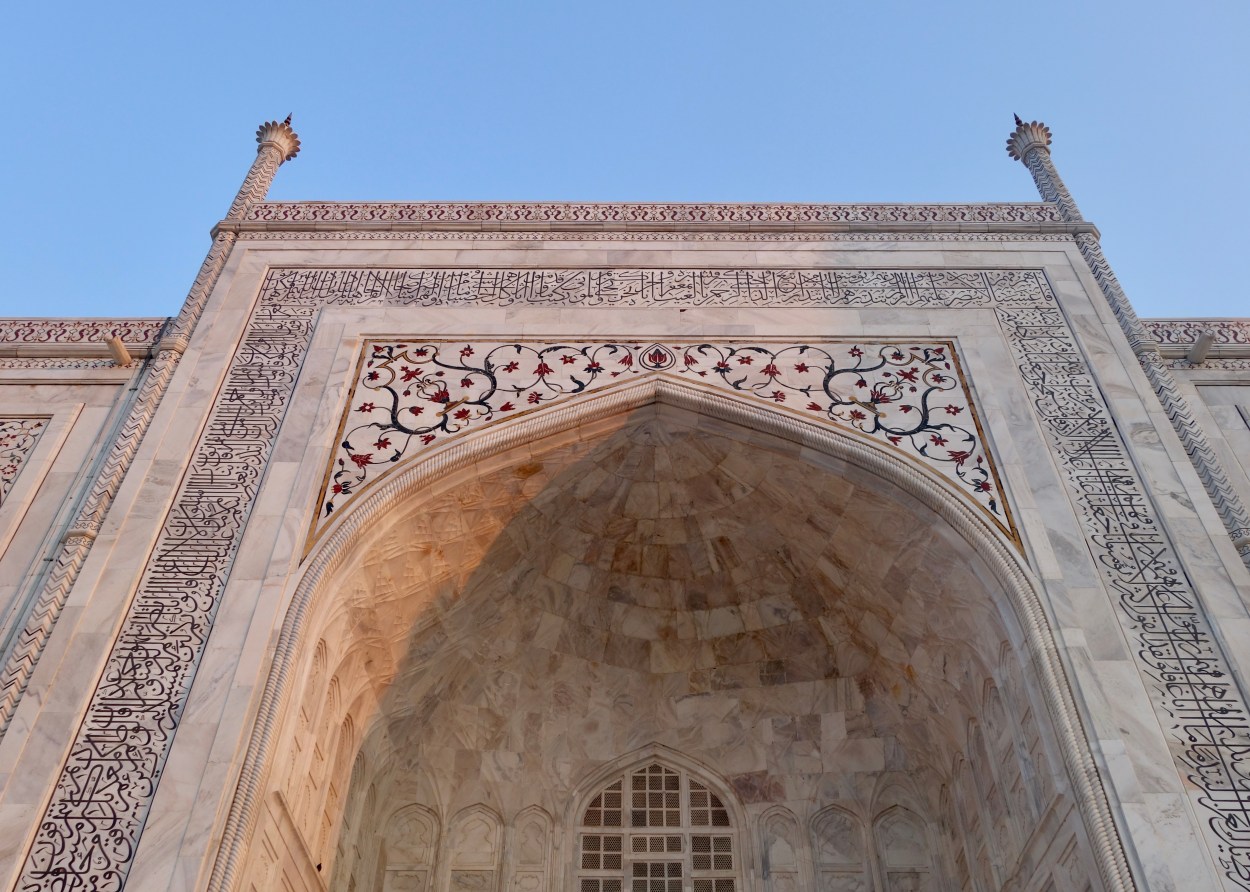

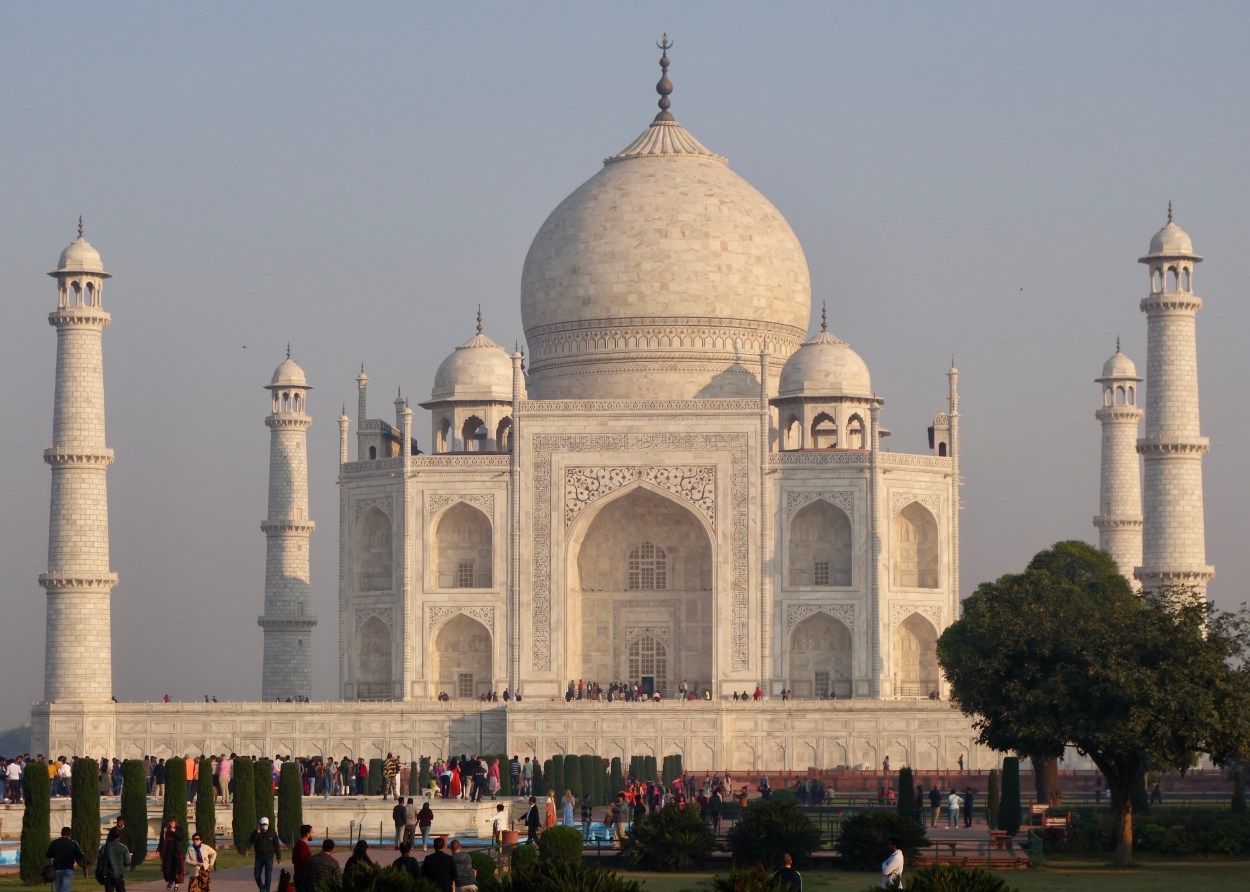


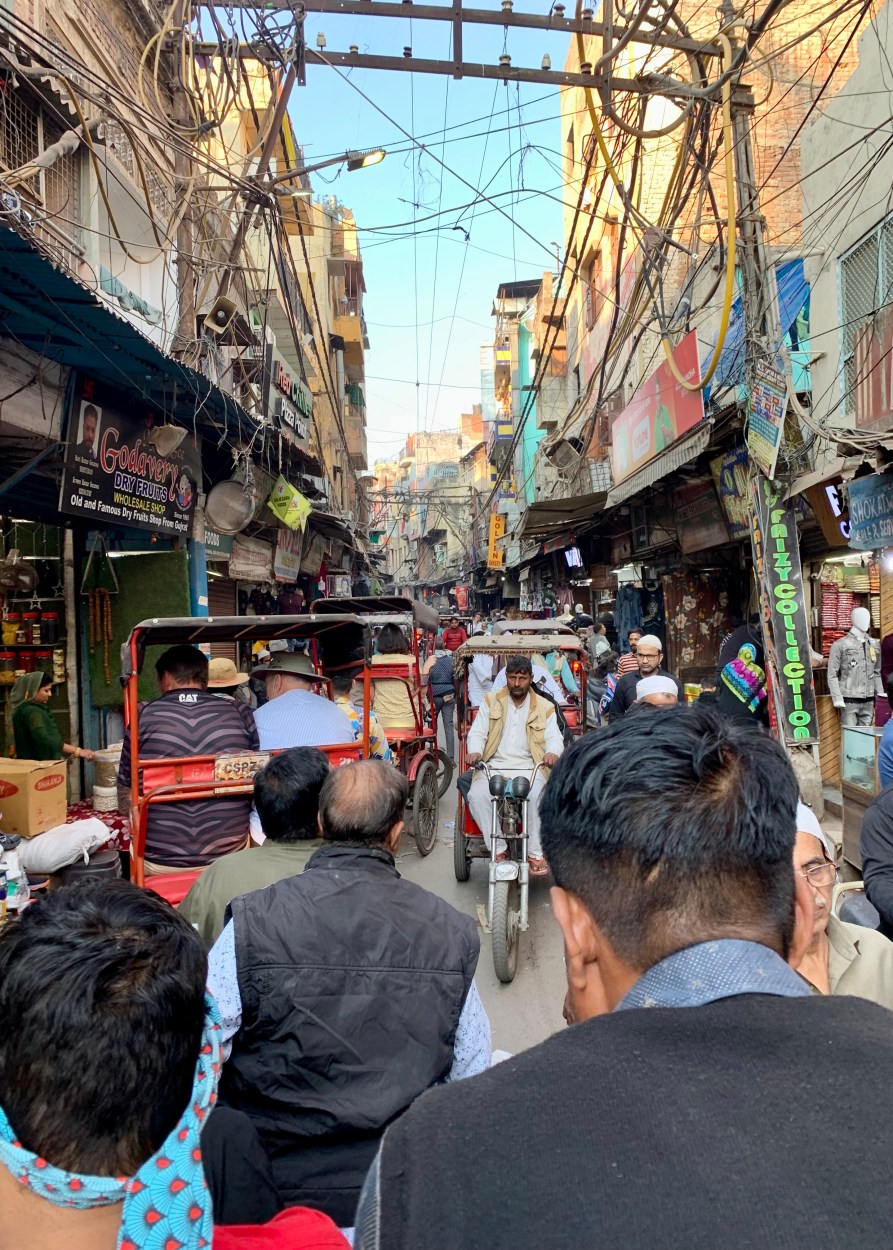


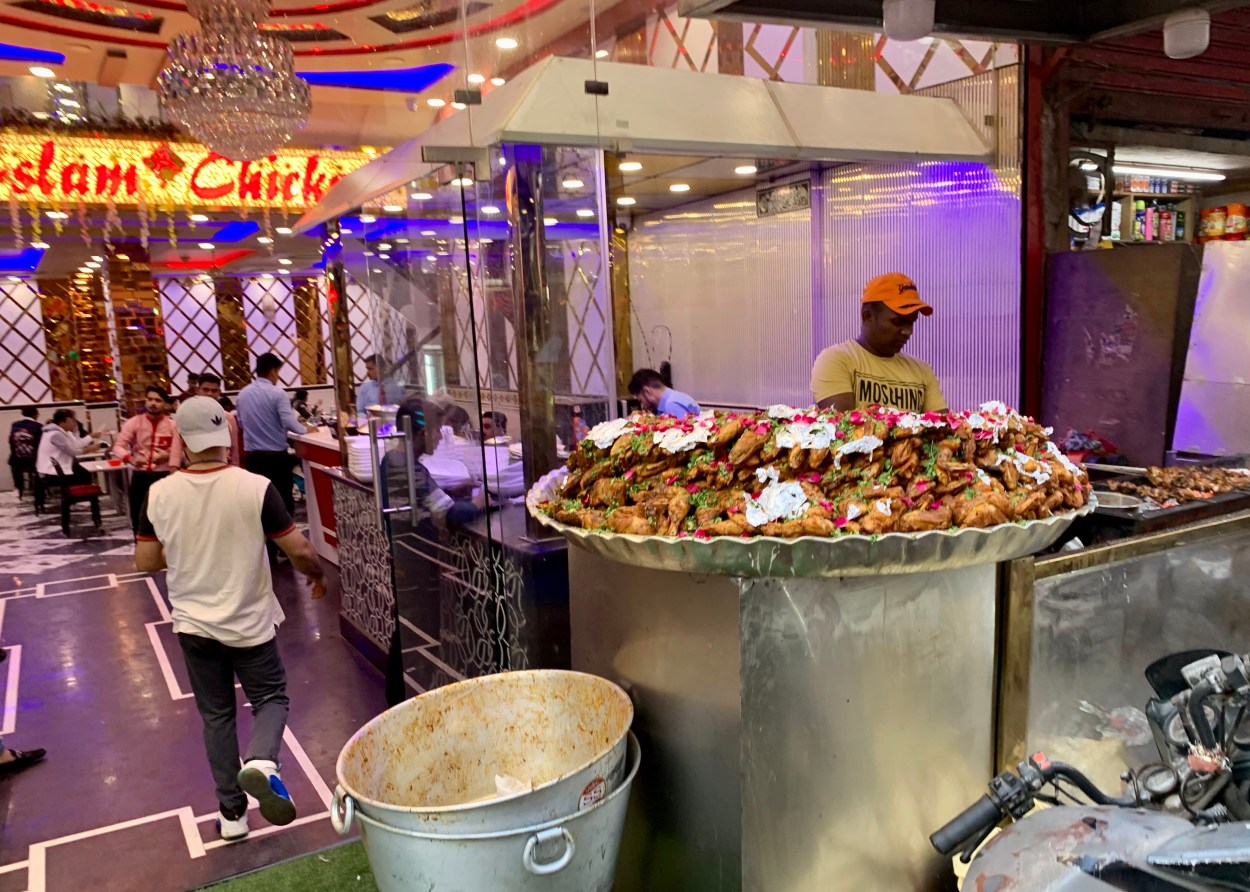

Our appreciation goes to Andy Howes – tour manager, Ved Prakash Singh – ground agent, and Mohan Solanki – bird guide for a most memorable trip. For the wildlife, sights, people, cuisine, culture and all-round experience – a big thank you. Alavida India!










